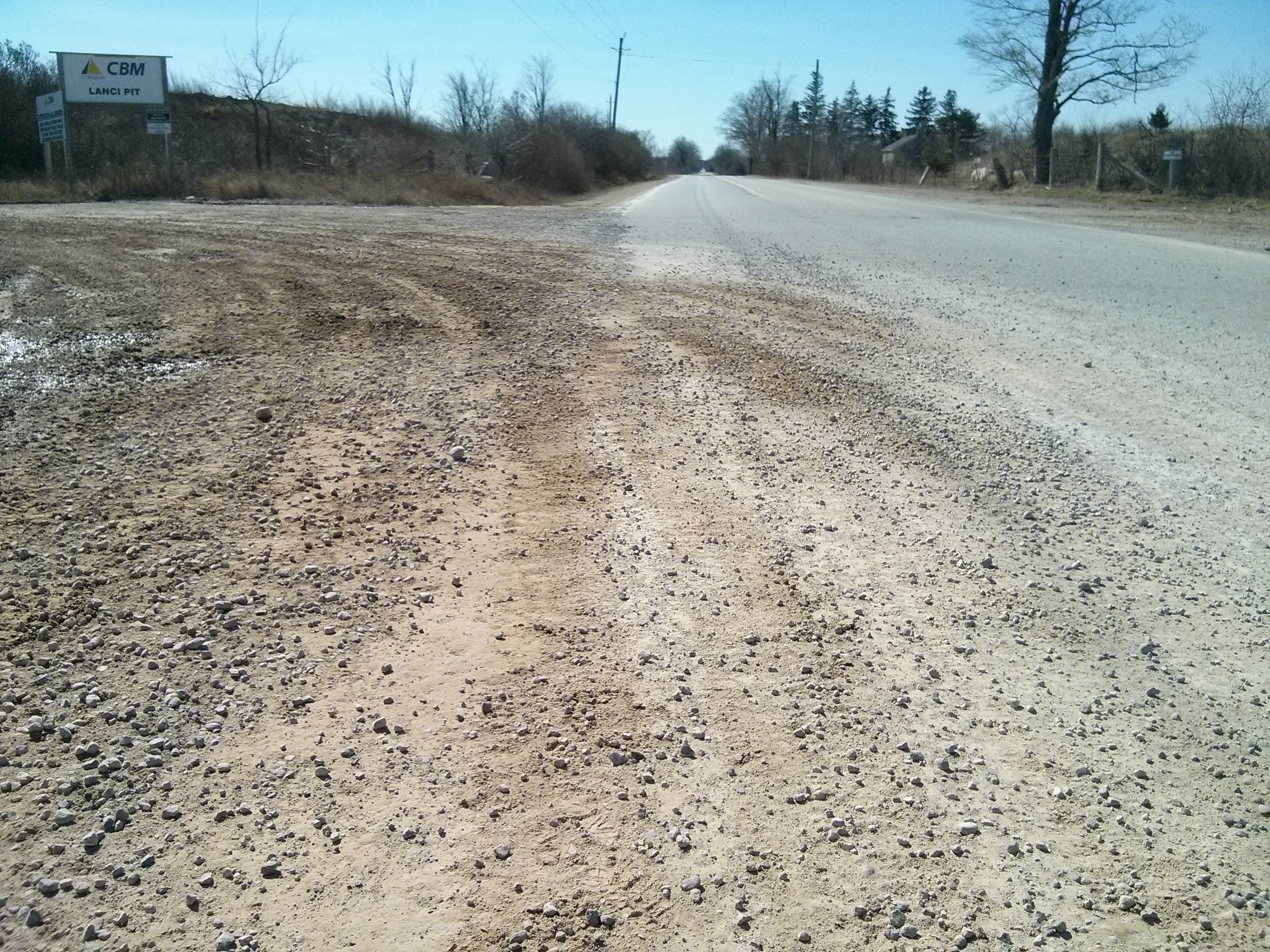

Gravel pit lakes provide many different ecological habitats increasing the biodiversity in typically an agricultural or urban setting.

Groundwater rich in dissolved elements typically meets more alkaline water in gravel pit lakes enhancing the precipitation of metal oxides, calcite and other composite minerals including phosphorus (P), calcium (Ca) and carbon (C). The creation or presence of the gravel pit lakes may induce fluctuation of the up-stream water table which enhances groundwater flow and redox reactions in the soil. The inflow of groundwater is a key process in gravel pit lakes with important consequences. The gravel pit lakes included in this review have a relatively low acidity and high alkalinity most likely caused by weathering and leaching of carbonates in the catchment.

Groundwater fed gravel pit lakes where evaporated water is replaced by groundwater are especially sensitive to climate change. Water budget calculations confirm that gravel pit lakes cause freshwater loss in temperate and Mediterranean climates where surface water evaporation is larger than the actual evapotranspiration of vegetated land that was replaced by the gravel pit lakes. Here we preview previous work on gravel pit lakes and compiled a comprehensive hydrochemical database to compare the chemistry of gravel pit lake water with other types of surface and groundwater. Gravel pit lakes abruptly intersect the geologic layering creating an environment where surface and groundwater will interact and where elaborate food webs can develop. There is a further option to connect the gravel pit and Hulín with natural cycle route after finishing of mining activities.The world produces 1.7 × 10 8 metric tons of gravel and sand per year (USGS, 2015) creating many gravel pit lakes that change the morphology and drainage pattern of catchments. A project of educational boards will be prepared, which describes local biodiversity and its supporting measures. According to our suggestions, it will be possible to implement part of the measures before abandonment of the gravel pit without restricting mining activities. The gravel pit is expected to be linked up to the TSES network. Additional measures may be suggested concerning the Němčický brook, which has been transferred due to extraction. We intend to project suitable habitats for amphibians, nesting sites of water birds and shore modifications enabling development of littoral vegetation. All suggestions will be designed so that they preserve current biodiversity and habitats, develop measures taken in the past and lead to formation of new valuable habitats.

Measures for biodiversity enhancement will be proposed on the basis of thorough biological inventory of the gravel pit and its vicinity. It puts emphasis on the harmonic connection between the gravel pit and its surrounding landscape, as well as migration facilities of conservation-important species by creation of new habitats. This project aims to suggest a set of treatments leading to the biodiversity support in the Gravel Pit Hulín, allowing simultaneously its use for recreational and educational purposes after finishing the excavation activities.


 0 kommentar(er)
0 kommentar(er)
